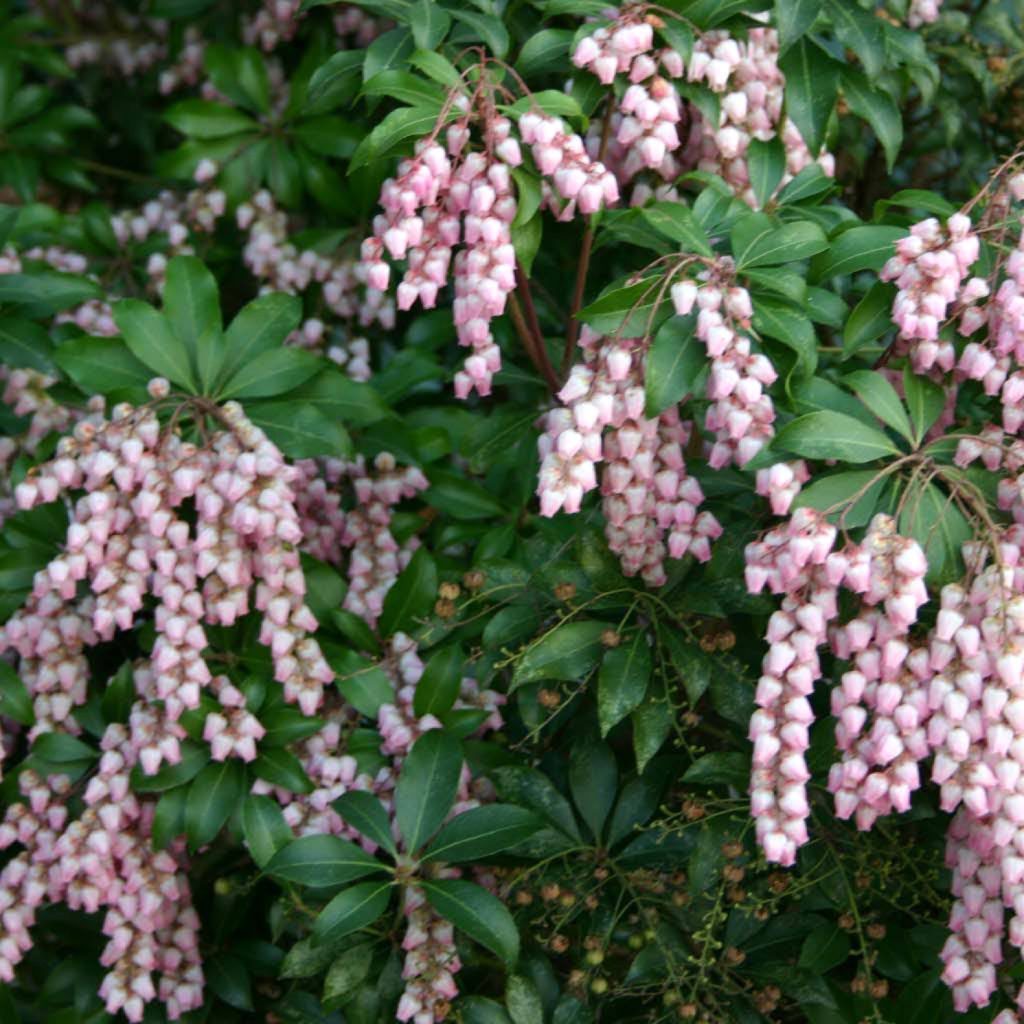
When I was a kid, a neighboring farmer came to get human wastes from a house in the city to use it as fertilizer for the fields. It was cows and horses that were pulling the big wooden tanks. So, at that time, I often saw cows and horses in the city. I don’t see such large animals at all now. I happened to see Asebi (Japanese andromeda) flowers blooming on the side of the road, and I remembered that it was a “馬酔木 (horse drunken tree)” when written in Chinese characters. The Asebi contains toxic ingredients, and when the horse eats the leaves, it becomes drunk, so it was named “Asebi (horse drunk tree)”. Asebi is a plant that has been familiar to us since ancient times, as 10 songs have been composed in the Manyoshu. Yamochi Otomo also has a Waka that says, “Let’s put the beautifully blooming Ashibi flowers in the sleeves, reflecting the shadows on the pond water.”
子供の頃、近隣のお百姓が田畠の肥料にする為に、街中のおうちにし尿を取りに来ていました。大きな木製のタンクを引っ張っていたのが牛や馬でした。と言うわけで、その頃は、牛や馬は街中でもよく見かました。今はそんな大型動物は全く見かけなくなりました。道路わきにたまたまアセビの花が咲いていて、漢字で書くと「馬酔木」であるのを思い出しました。アセビには有毒成分が含まれていて馬が葉を食べると酔ったようになってしまったことから「馬酔木」と付けられました。「馬酔木」は万葉集に10首読み込まれているほど、古くから馴染みの深い植物です。大伴家持にも「池水に 影さへ見えて 咲きにほふ 馬酔木の花を 袖に扱入れな」と言う歌があります。
